Sympathetic Nervous System Lungs
Sympathetic nervous system lungs. Key facts about the sympathetic nervous system. Alpha and beta adrenoceptors are present in these glands. The lungs are innervated by the parasympathetic and sympathetic nervous systems which coordinate the bronchodilation and bronchoconstriction of the airways.
This type of T cell plays a key role in the activation and stimulation of other leukocytes and orchestrated the central nervous systems inflammatory response in the animals with encephalomyelitis. How does the sympathetic nervous system affect the kidneys. The new model is being used at UNIFESP to study the mechanism whereby the sympathetic nervous system influences allergic responses in the lungs.
These mixed plexuses are formed by preganglionic fibres of the vagus nerves and largely postganglionic sympathetic fibres from the cervical sympathetic chain. The PSNS controls the rest and digest functions of the body and maintains the bodys internal environment. For example the sympathetic nervous system can accelerate heart rate widen bronchial passages decrease motility of the large intestine constrict blood vessels increase peristalsis in the esophagus cause pupillary dilation piloerection goose bumps and perspiration sweating.
What nervous system controls opening of lungs. These plexuses are found around the oesophagus the roots of the lungs pulmonary plexuses and the great vessels as they enter and leave the heart the cardiac plexus and ganglia. The preganglionic neurons of the SNS arise from the thoracic and lumbar regions of the spinal cord T1 to L2 with the cell bodies distributed in four regions of the gray matter in the spinal cord bilaterally and symmetrically.
The sympathetic nervous system is one of the parts of the peripheral nervous system. The parasympathetic nervous system decreases respiration and heart rate and increases digestion. Efferent sympathetic nerves when stimulated have multitude of effects including increased renin secretion decreased renal blood flow and increased renal tubular sodium absorption15.
The sympathetic nervous system is one of two divisions of the autonomic nervous system along with the parasympathetic nervous system. 4 rows The sympathetic nervous system SNS originates from the thoracolumbar region of the spinal. Stretch receptors in the lungs and chest wall monitor the amount of stretch in these organs.
Parasympathetic nerves play an important role in modulating smooth muscle tone and mucus secretion in the airways. The sympathetic nervous system SNS and the parasympathetic nervous system PSNS are both components of the autonomic nervous system ANS.
The autonomic nervous system functions to regulate the bodys unconscious actions.
Key facts about the sympathetic nervous system. These plexuses are found around the oesophagus the roots of the lungs pulmonary plexuses and the great vessels as they enter and leave the heart the cardiac plexus and ganglia. Parasympathetic nerves play an important role in modulating smooth muscle tone and mucus secretion in the airways. It basically undoes the work of sympathetic division after a stressful situation. Physiology of the parasympathetic nervous system of the lung. The sympathetic innervation of respiratory tract glands causes secretion of fluids and mucus. For example the sympathetic nervous system can accelerate heart rate widen bronchial passages decrease motility of the large intestine constrict blood vessels increase peristalsis in the esophagus cause pupillary dilation piloerection goose bumps and perspiration sweating. The sympathetic nervous system dilates bronchial smooth muscle. These hormones are called epinephrine and norepinephrine which help your body perform optimally during such events.
The sympathetic nervous system is one of the parts of the peripheral nervous system. The sympathetic nervous system is composed of many pathways that perform a variety of functions on various organ systems. The lungs are enclosed by the pleura a membrane that is composed of visceral and parietal pleural layers. The sympathetic nervous system is one of two divisions of the autonomic nervous system along with the parasympathetic nervous system. The preganglionic neurons of the SNS arise from the thoracic and lumbar regions of the spinal cord T1 to L2 with the cell bodies distributed in four regions of the gray matter in the spinal cord bilaterally and symmetrically. The parasympathetic nervous system decreases respiration and heart rate and increases digestion. This type of T cell plays a key role in the activation and stimulation of other leukocytes and orchestrated the central nervous systems inflammatory response in the animals with encephalomyelitis.
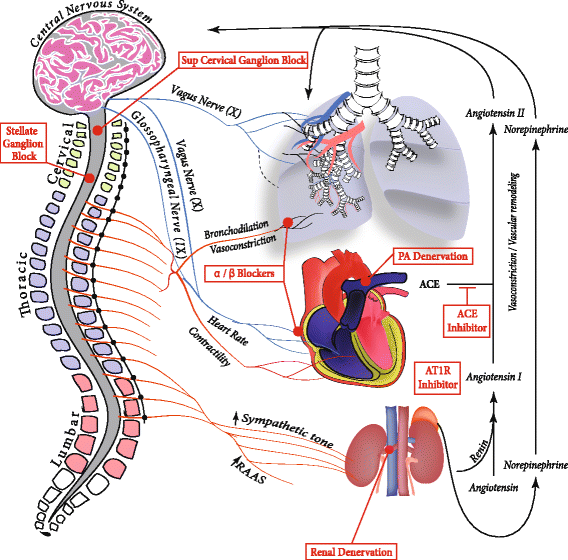
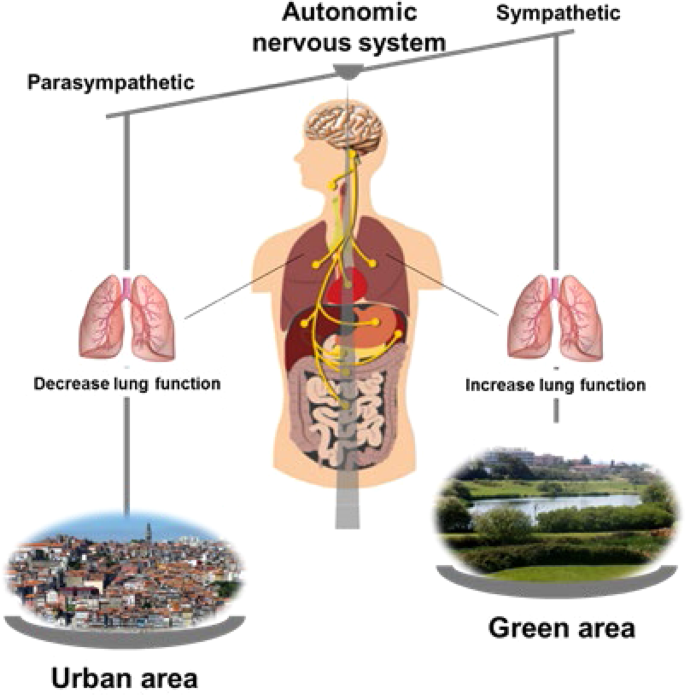




:background_color(FFFFFF):format(jpeg)/images/library/14062/gnEvUC2kgTFXvmrjP39Yw_Sympathetic_nervous_system.png)


:watermark(/images/watermark_only.png,0,0,0):watermark(/images/logo_url.png,-10,-10,0):format(jpeg)/images/anatomy_term/sympathetic-trunk-6/XjJE2ZCVYuuUejEDOOMzRg_Sympathetic_trunk.jpeg)

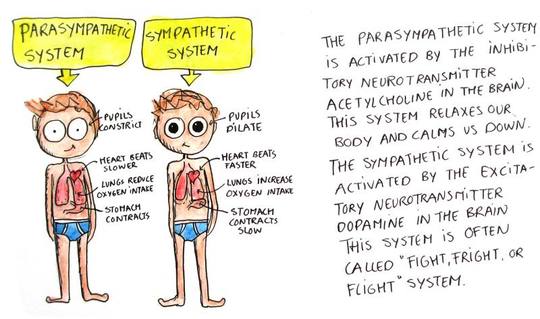
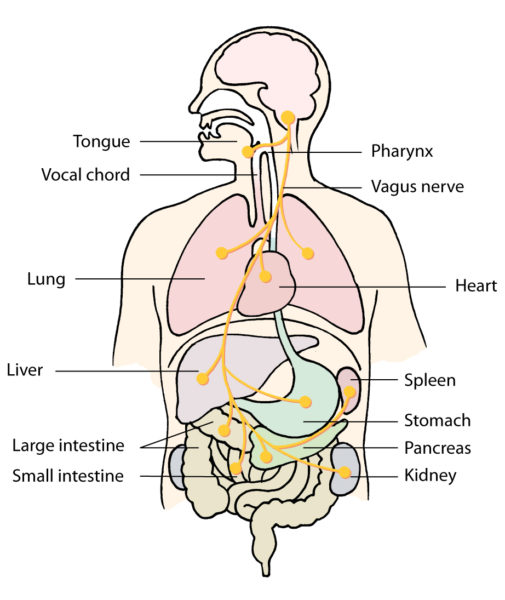



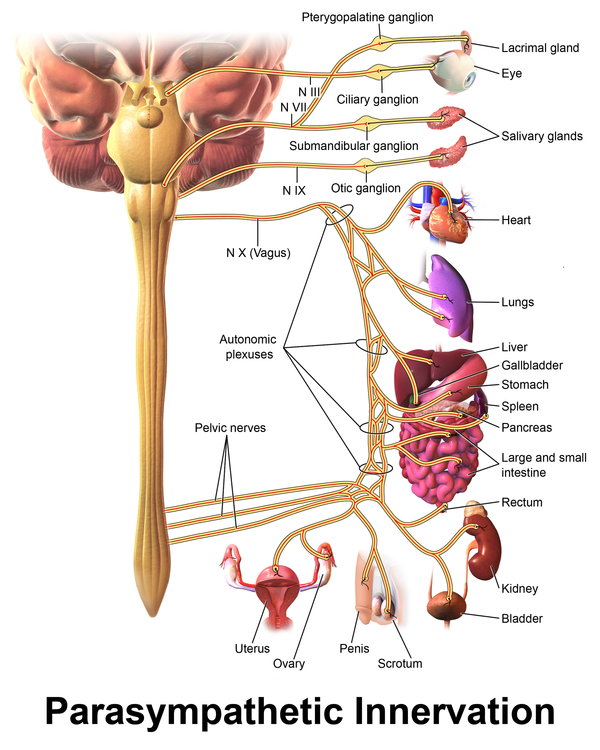
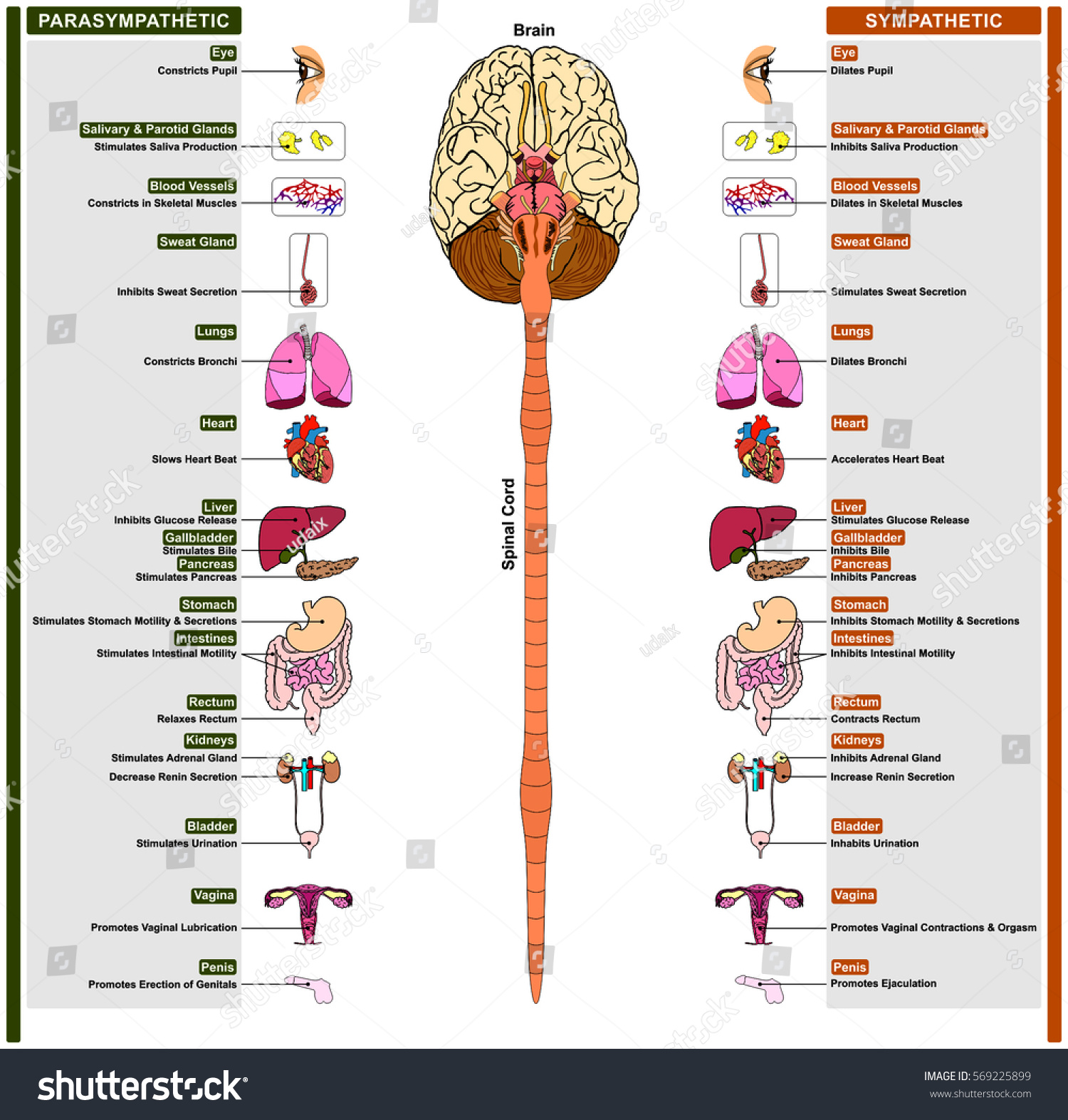

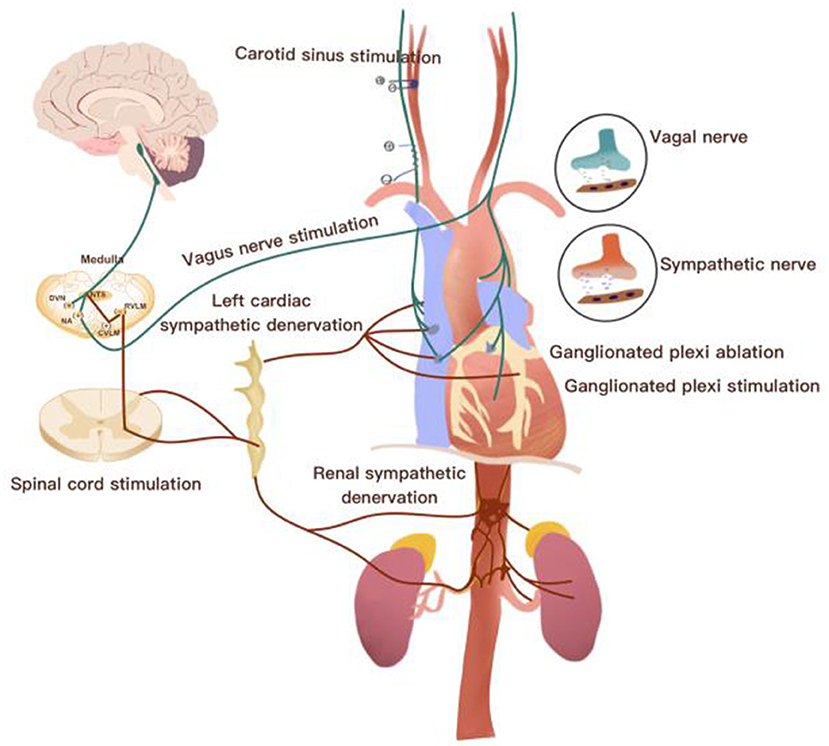
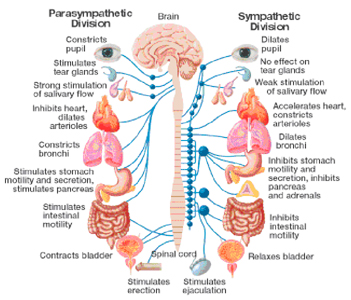






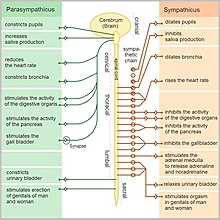

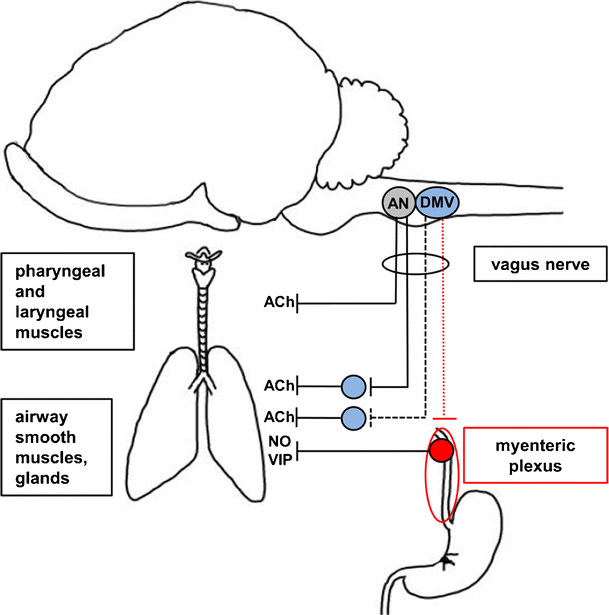




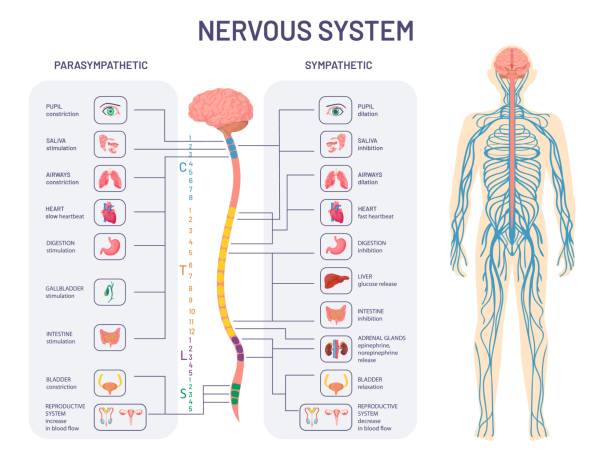
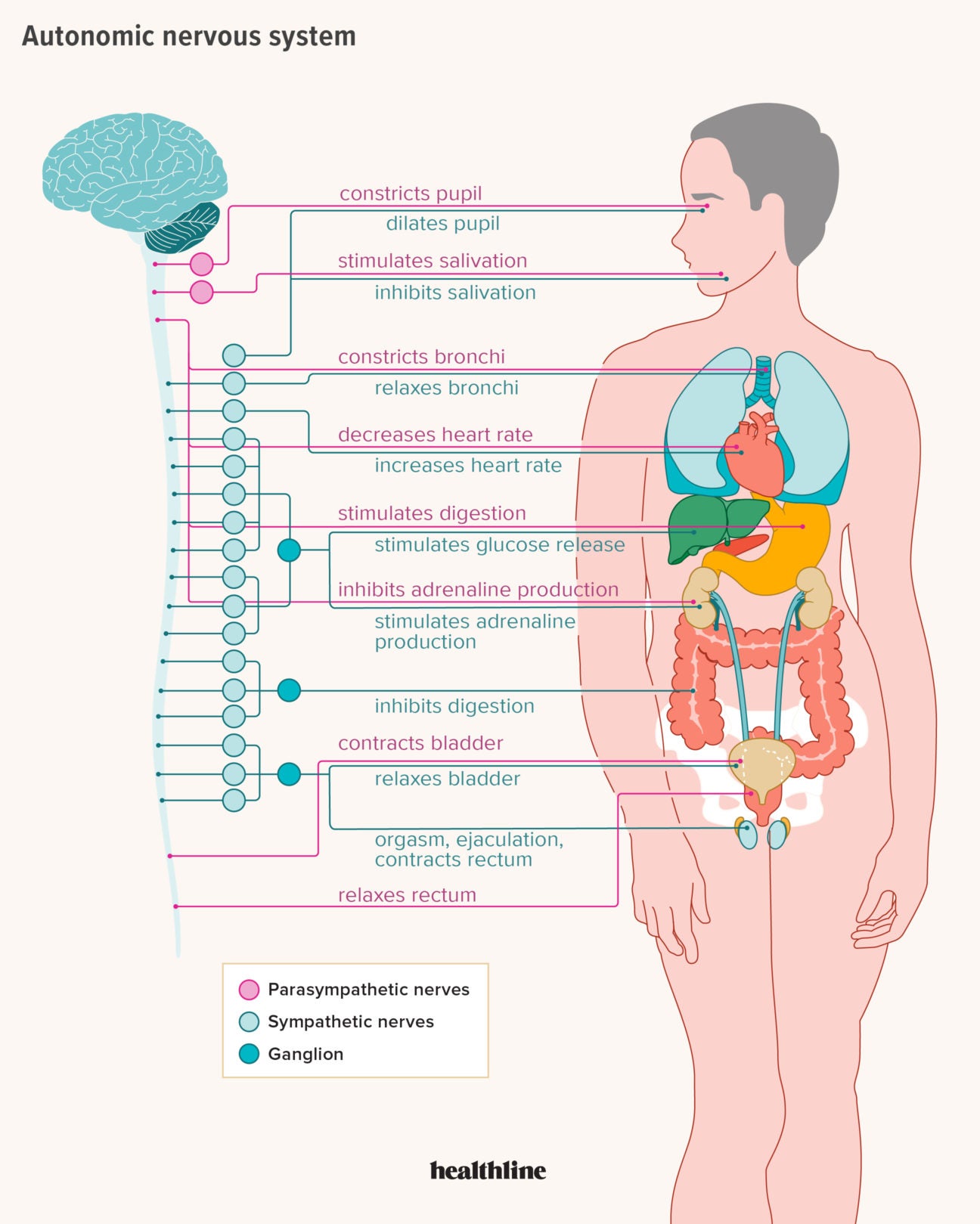


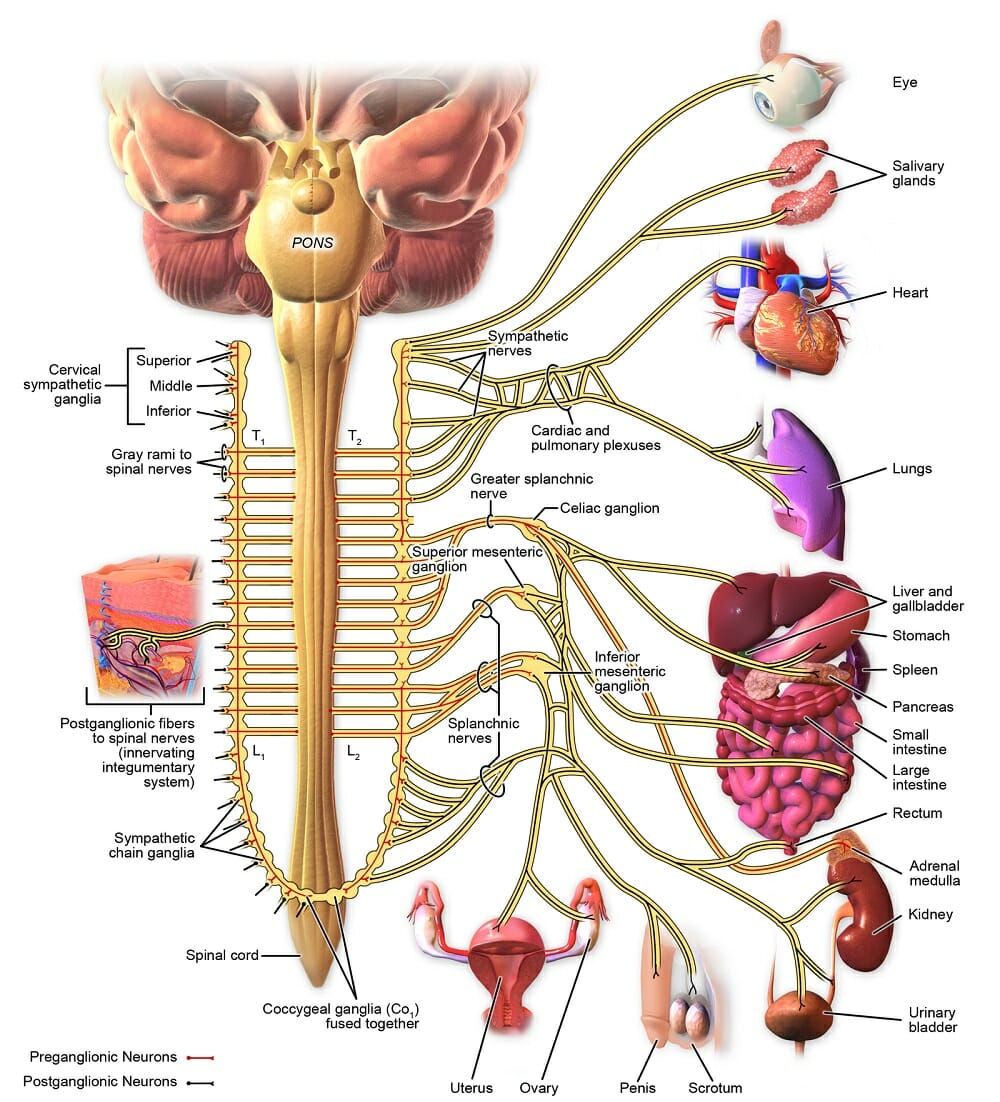



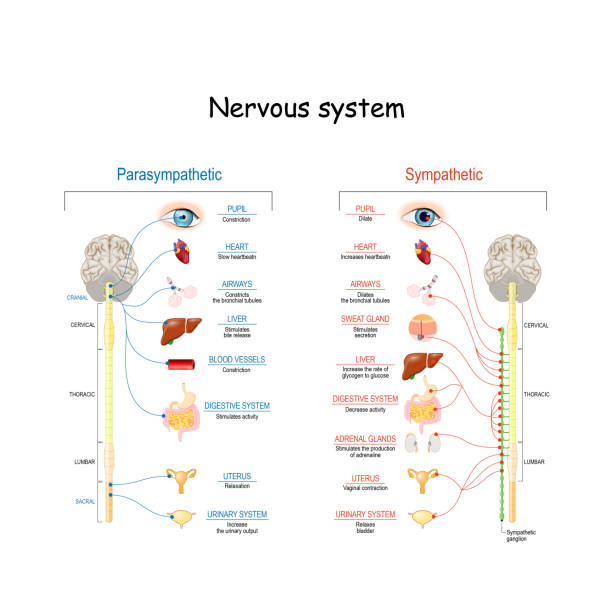
Post a Comment for "Sympathetic Nervous System Lungs"